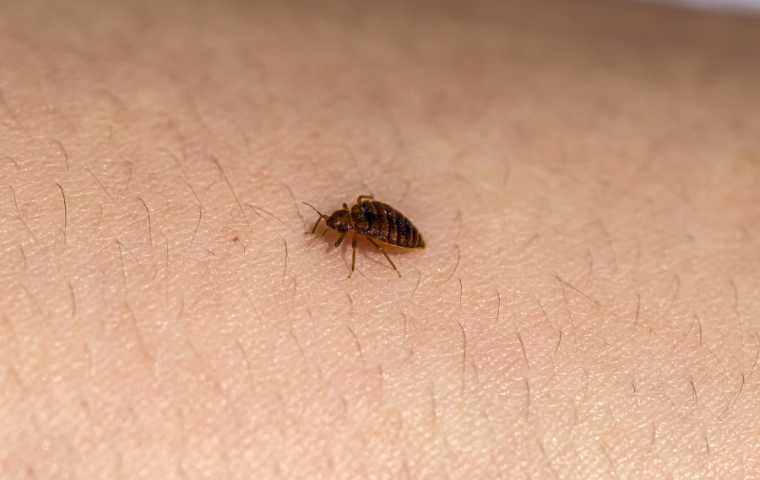Step-By-Step Guide To Conducting A Successful Bed Bug Heat Treatment

Bed bugs are notorious pests that can infest homes and cause discomfort to residents. Traditional methods of extermination, such as chemical sprays, may not always be effective due to the bugs’ increasing resistance. Heat treatment has emerged as a highly successful and environmentally friendly alternative for eradicating bed bugs. In this article, we’ll provide a comprehensive step-by-step guide to conducting a successful bed bug heat treatment.
Step 1: Preparation
Before beginning the bed bug heat treatment process, thorough preparation is essential. Remove all clutter from the infested area, including clothing, bedding, and furniture. Seal these items in plastic bags and launder them at high temperatures to kill any hidden bed bugs. Remove all wall hangings, switch plates, and electrical outlet covers to ensure thorough heat penetration.
Step 2: Inspect And Seal Cracks
Inspect the entire area for cracks and crevices where bed bugs may be hiding. Seal any openings with caulk or silicone to prevent the bugs from escaping during the heat treatment process. Pay special attention to baseboards, window frames, and door frames, as these are common hiding spots for bed bugs.
Step 3: Set Up Heating Equipment
Choose the appropriate heating equipment for the size of the infested area. Portable electric heaters or industrial-grade heat chambers are commonly used for bed bug heat treatments. Position the heaters strategically to ensure even heat distribution throughout the space. Monitor the temperature closely to maintain the optimal heat level required for bed bug extermination.
Step 4: Heat The Space
Gradually raise the temperature of the infested area to the lethal level for bed bugs, typically between 120°F and 140°F. Ensure that the temperature remains consistent throughout the treatment process to effectively kill all stages of bed bug development, including eggs, nymphs, and adults. Use temperature probes and thermometers to monitor the heat levels accurately.
Step 5: Monitor And Maintain Heat Levels
Monitor the temperature continuously during the heat treatment process to ensure that it remains within the optimal range. Adjust the heating equipment as needed to maintain consistent heat levels throughout the entire treatment duration. It’s crucial to sustain the elevated temperature for several hours to guarantee the complete eradication of bed bugs.
Step 6: Allow For Cooling Down
Let the affected area cool down gradually when the heat treatment is finished. To promote air circulation and quicken the cooling process, open windows and doors. Reentering the treated area should be done with caution because the surfaces can still be hot to the touch. Wear protective clothing when handling objects that have been exposed to high temperatures, such as masks and gloves.
Step 7: Inspect And Reassess
After the space has cooled down, thoroughly inspect the area for any signs of remaining bed bug activity. Pay close attention to areas where bed bugs are known to hide, such as mattress seams, furniture joints, and electrical outlets. If any signs of infestation are detected, repeat the heat treatment process or consider alternative methods of extermination.
Step 8: Prevent Reinfestation
Implement preventative actions to ensure that the treated area does not become infested with bed bugs again. For the purpose of preventing new infestations, bed bug-proof covers should be placed over mattresses and box springs. It is important to perform routine checks on clothing, furniture, and bedding to look for any indications of bed bugs, and to take prompt action in the event that an infestation is detected.
Conclusion
One of the best ways to get rid of infestations and guarantee a pest-free home is to use bed bug heat treatment. Homeowners and pest control experts can successfully apply heat treatments and get rid of bed bugs by adhering to these detailed instructions. To reduce the possibility of re-infestation, don’t forget to prioritize preparation, keep temperatures constant, and take preventive action. When applied correctly, heat treatment for bed bugs can offer durable protection against these hardy pests.










